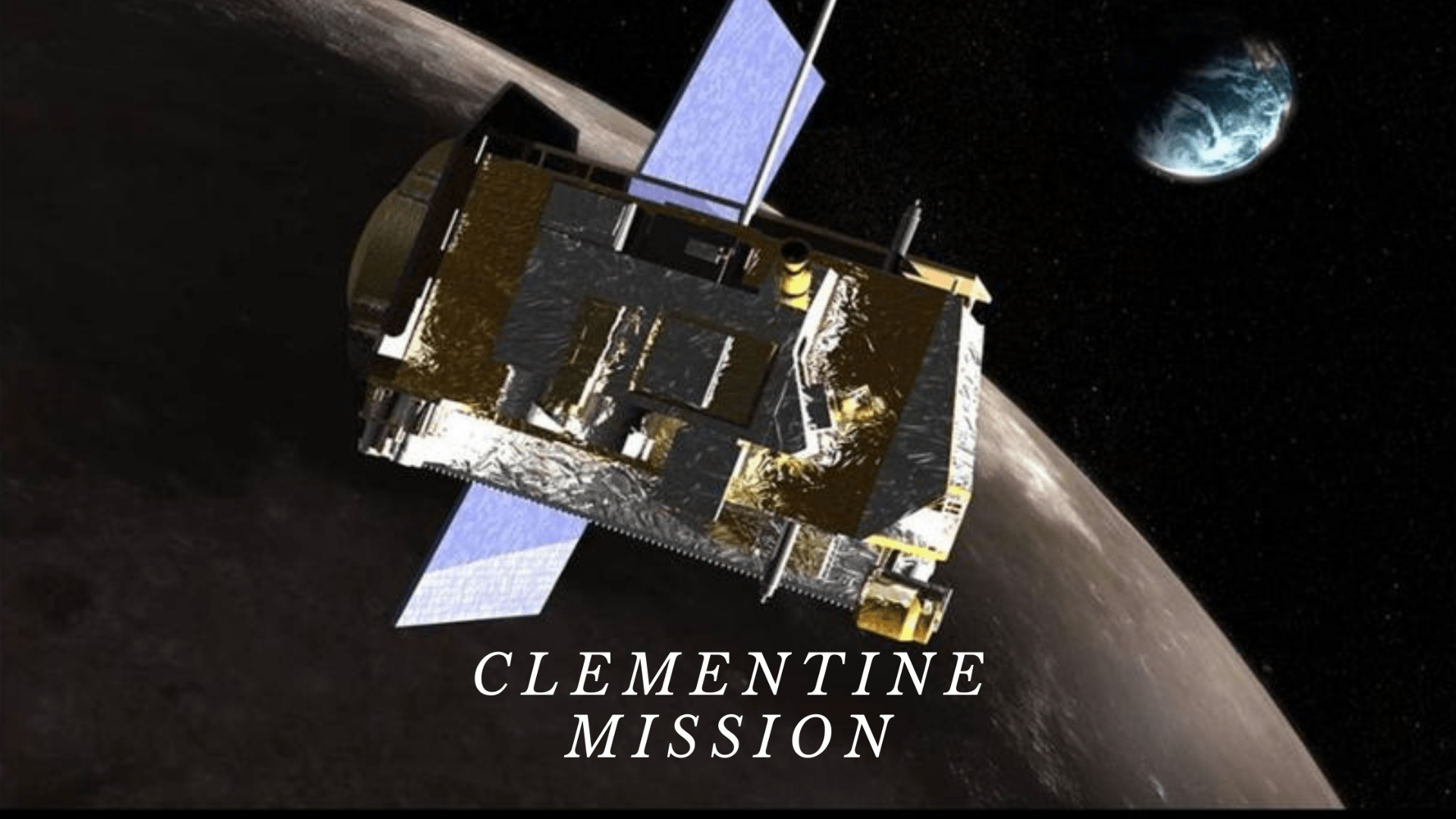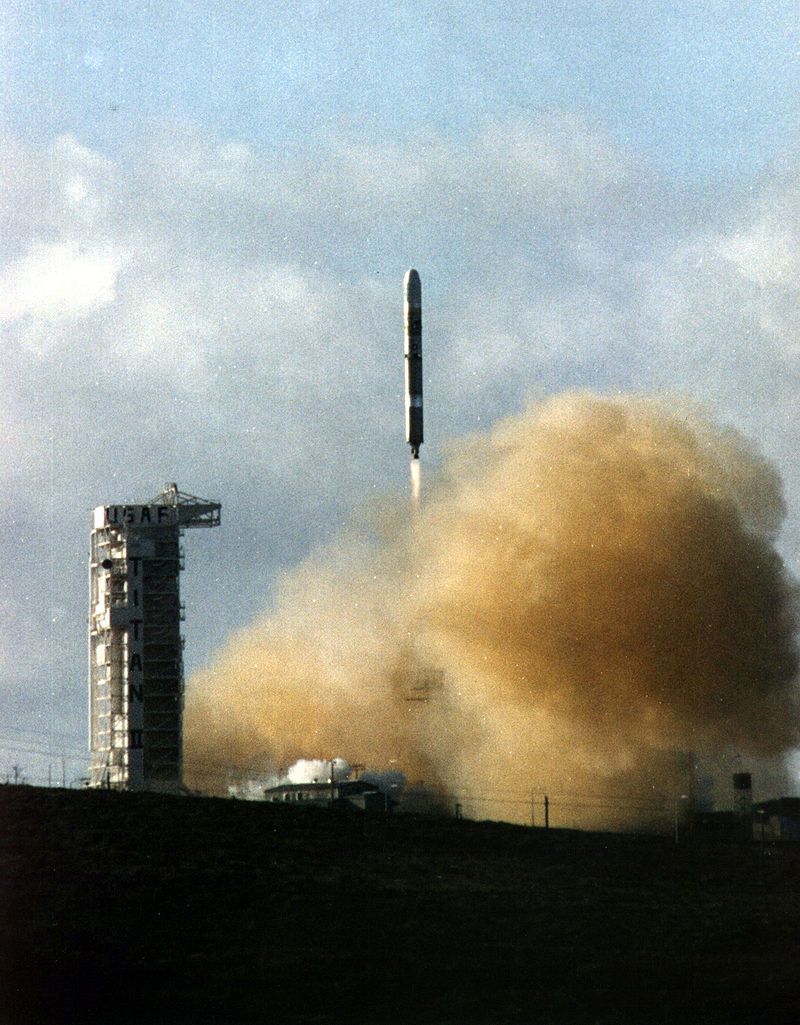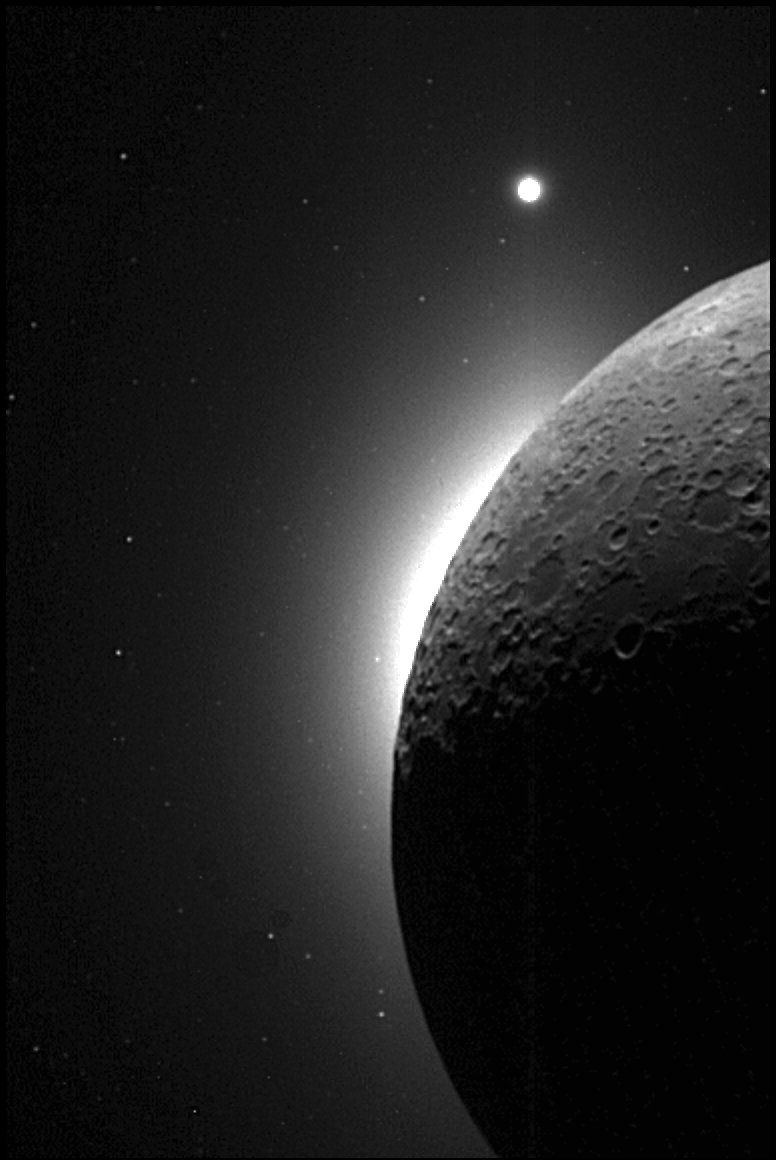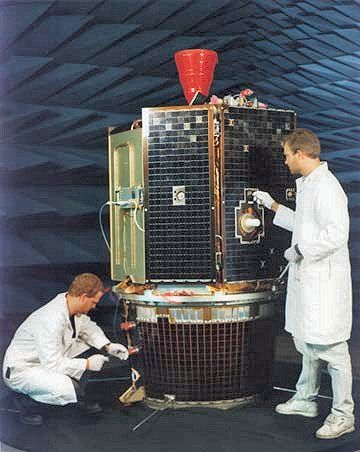
Clementine Mission

Clementine was a joint project between NASA and the Ballistic Missile Defense Organization. It was launched on January 25, 1994, with the objective of testing sensors and spacecraft components in long-term exposure to space and making scientific observations of the Moon and the near-Earth asteroid 1620 Geographos. However, a malfunction in the spacecraft prevented Clementine from reaching the asteroid.
Clementine was launched on January 25, 1994, using a Titan II launch vehicle from the Vandenberg Air Force Base, California. Clementine carried seven experiments onboard: a UV/Visible Camera, a Near Infrared Camera, a Long Wavelength Infrared Camera, a High-Resolution Camera, two Star Tracker Cameras, a Charged Particle Telescope, and a Laser Altimeter.

The lunar observations included imaging at multiple wavelengths in visible, ultraviolet, and infrared laser ranging altimetry, gravimetry, and charged particle measurements. These observations were to obtain multi-spectral imaging of the entire lunar surface, assess the surface mineralogy of the Moon, and obtain gravity data. There were also plans for when Clementine reached Geographos to image and determine the shape, size, surface properties, rotational characteristics, and cratering statistics.

The Clementine mission officially ended in June 1994 when the power level dropped to a level where the telemetry was no longer intelligible. However, ground controllers briefly regained contact between February and May 1995 before the mission was officially declared complete on May 10, 1995. On March 5, 1998, NASA announced that data obtained from the Clementine mission indicated that there is enough water in lunar polar craters to support a human colony.
